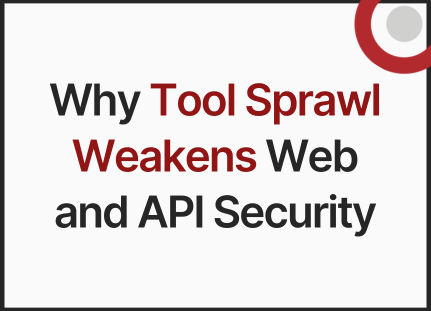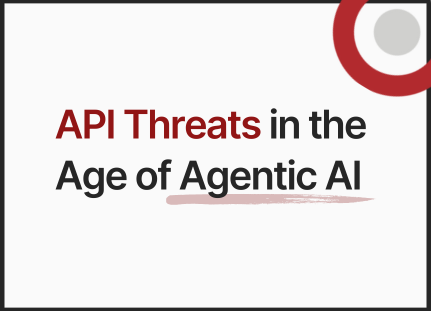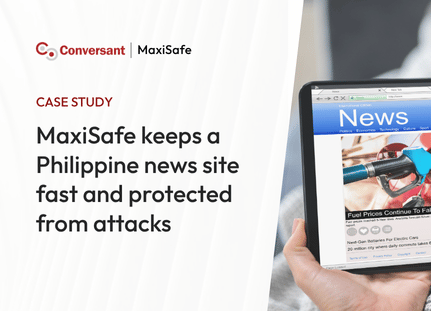
APIs (Application Programming Interface) form the foundation of how digital systems operate. They allow different systems to communicate and interact with each other, powering everything from user logins and mobile transactions to third-party integrations and internal workflows.
As systems grow more interconnected, managing APIs becomes more complex. And with that complexity comes risk. With the rise of AI-driven services, automation, and real-time integrations, APIs are being called more frequently and exposed more widely than ever before.
In Asia-Pacific, web applications and API-related attacks increased by 65% in 2024, with billions of attempts recorded in a single month. Many of these incidents don’t rely on sophisticated techniques. Instead, they exploit common oversights in visibility, access control, and inconsistent management practices.
Here are four of the most common API security gaps, and how your team can fix them without slowing down development.
1. Unmanaged APIs Create Blind Spots
In fast-moving teams, it’s common for APIs to be deployed without going through proper documentation or registration. These “shadow APIs” often go unnoticed, yet they still accept traffic, process data, and pose a risk to your environment.
When APIs aren’t formally tracked, they fall outside monitoring and policy enforcement. That creates a visibility gap, leaving security and infrastructure teams unsure of what’s active or vulnerable.
How to fix:
Use continuous API discovery tools to scan and maintain a live inventory of active endpoints, including those that were never officially registered. This ensures no API slips through the cracks.
2. Siloed Development Makes API Management Difficult
When different teams build and manage their own APIs independently, visibility breaks down. There’s often no shared ownership or process for updating definitions, deprecating old versions, or enforcing consistent policies.
This can lead to inconsistent behaviours between environments, and increase the risks associated with outdated APIs that were never properly retired.
How to fix:
Adopt centralised API lifecycle management. A shared platform makes it easier to track structural changes and keep definitions current, so teams stay aligned as services evolve.
3. Gaps in Access Control
It’s not enough to check whether a user is logged in. Many APIs validate identity (authentication), but don’t check whether that user is allowed to access a specific data object (authorisation).
For example, a logged-in user might be able to call an API endpoint and retrieve data that doesn’t belong to them, such as another user’s order, profile, or payment history.
How to fix:
Implement object-level authorisation to ensure that users can only access the data they’re permitted to. This reduces the risk of unauthorised data exposure even when the user appears valid.
4. API Responses That Share Too Much
Some APIs shares more information than necessary in their responses, including sensitive fields such as internal IDs, tokens, or account metadata. This is especially common in auto-generated APIs or loosely governed environments.
Even if the API is functioning as intended, exposing unnecessary data increases the risk of leakage and widens the attack surface.
How to fix:
Apply automated response filtering and data masking to ensure APIs only return the fields required for a given use case. This limits what is exposed and reduces the risk of sensitive data leakage.
From API Gaps to Practical Control
These gaps aren’t rare, and they don’t come from negligence. They emerge as teams grow, environments get more complex, and responsibilities become distributed. But they can be addressed early, and effectively, with the right foundations in place.
That’s why we built MaxiSafe to help teams tackle these challenges in a practical, scalable way. It’s built to support a wide range of teams, including those without dedicated security staff or the resources to manage complex configuration processes.
MaxiSafe combines automated API discovery, object-level access enforcement, and data response protection in one platform, with minimal setup and no lock-in.
Learn more about how MaxiSafe helps simplify API protection, and whether it’s right for your team.



